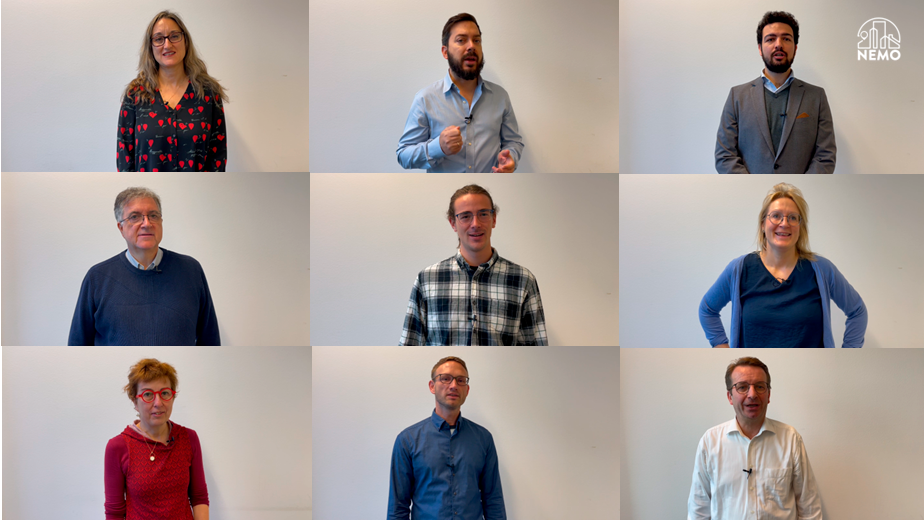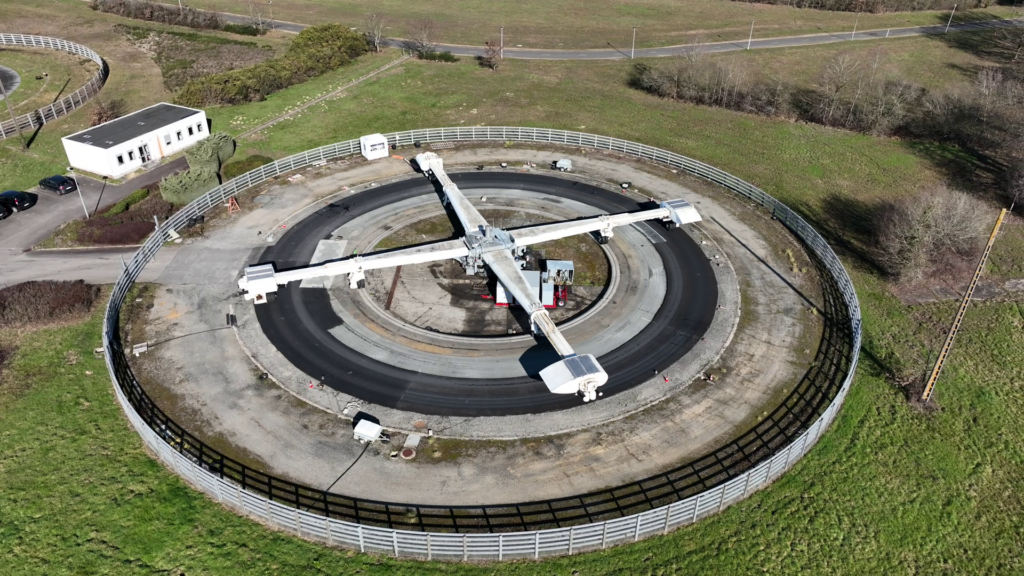European cities and stakeholders see the benefits of remote sensing technology to get high emitters off our roads, but push for a EU-wide legal framework to implement the tried and tested technology. This was one of the key takeaways when stakeholders recently got invited to discuss the topic in Valencia, Spain.
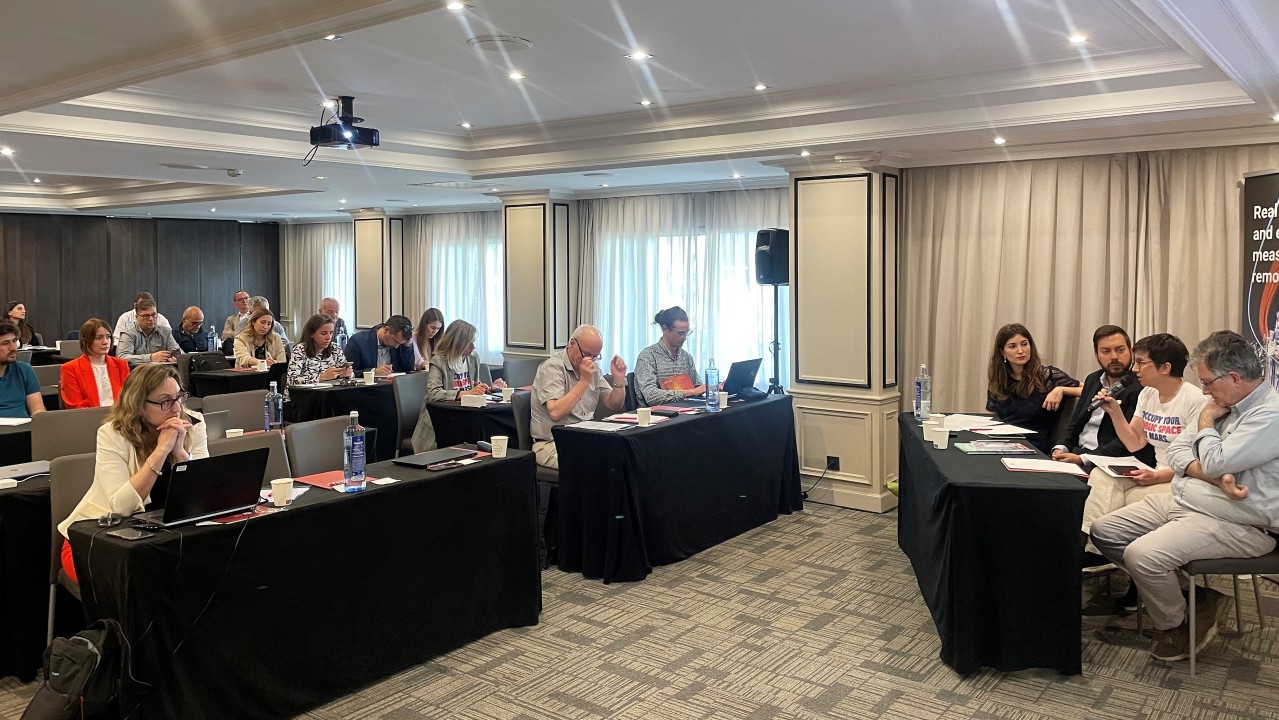
150 representatives from cities, civil society, policymakers and across the industry had registered to join for a hybrid panel debate on how to get high emitters off our European roads. The event was organised by the NEMO project with the primary aim to involve the people who have a stake in the enforcement of low emission zones (LEZs) and the benefits of the technology. Speakers included Carlo Schoonebeek, Carmen Duce Díaz, Luana Bidasca and Lucy Sadler, who were joined by Gaetano Licitra and Javier Buhigas from the NEMO project.
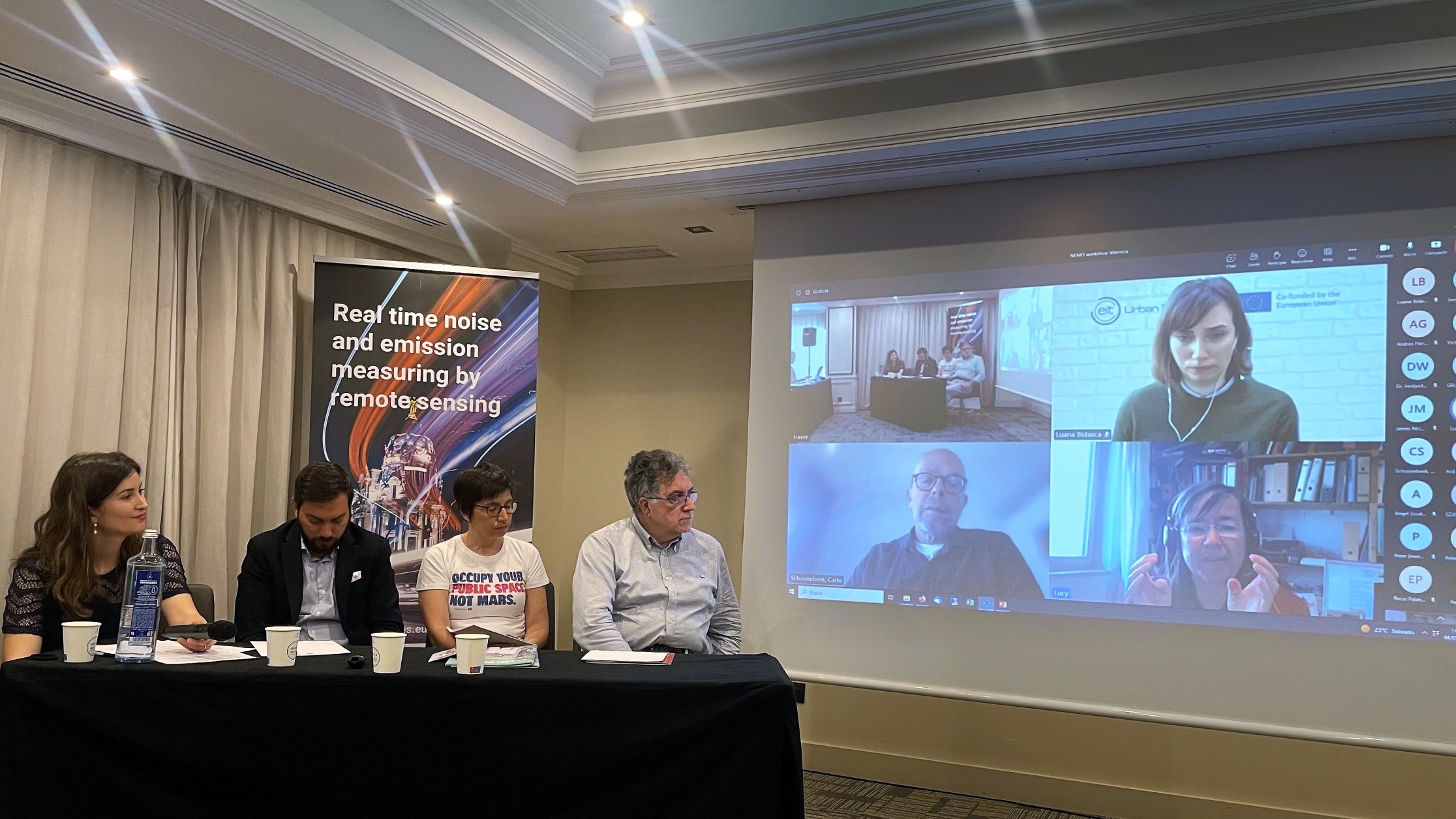
The background to the event is that NEMO’s partners have spent the last three years developing and integrating noise and emission remote sensing technology as a powerful tool for cities to identify high emitting vehicles, and now is the time to enter into a dialogue with cities on their requirements for adopting the new tool. It has already been tested in multiple European locations and verified by the European Commission’s Joint Research Centre (JRC), and can potentially bring several benefits to cities:
- More targeted identification of high emitters thanks to individual vehicle measurements in real-world conditions.
- Efficient and reliable enforcement of LEZs, by preselecting the highest emitters, or sending high emitters to an urgent emission check at an inspection station.
- Fairer selection of potential HEs for roadside inspection, instead of manual typeselection of drivers
- Adaptable to local needs and requirements
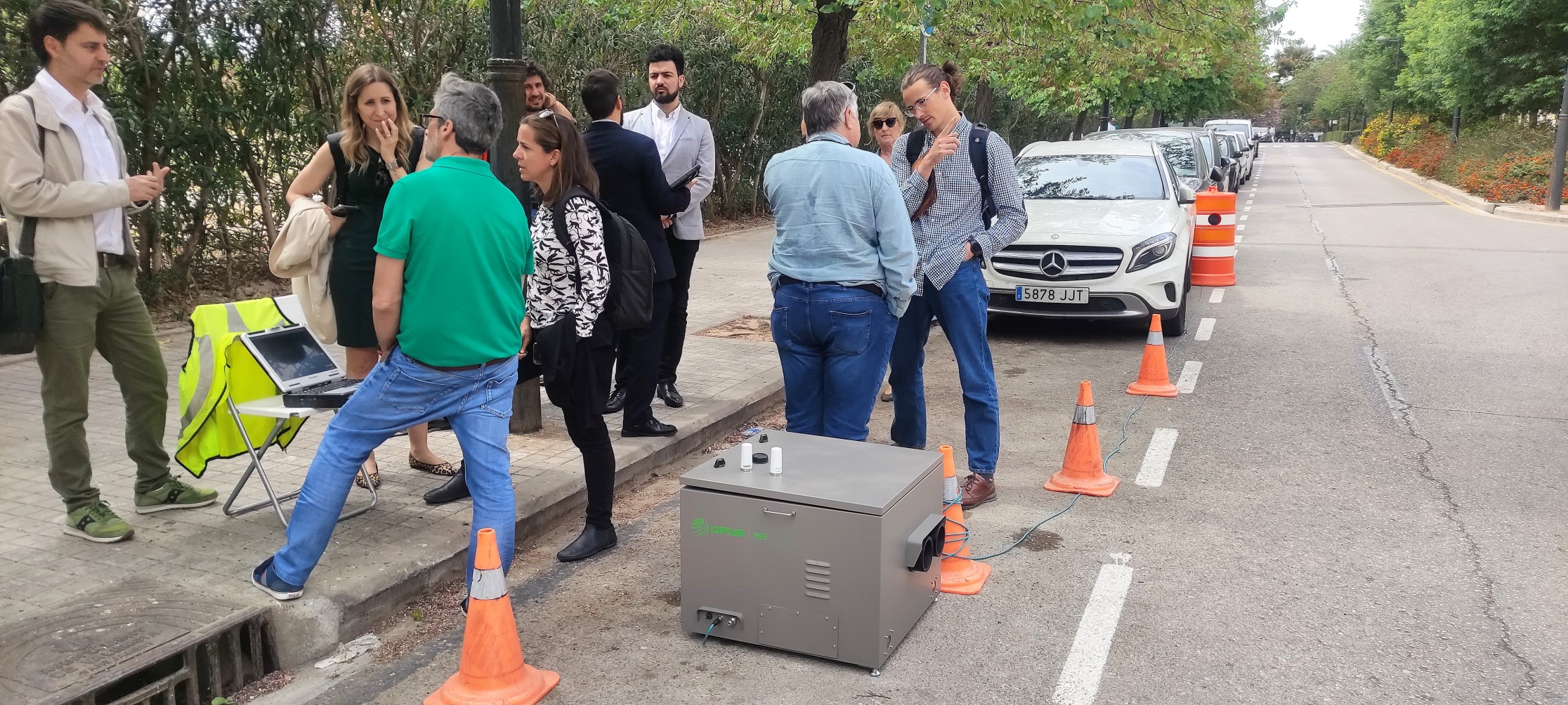
One of the main arguments for an automated remote sensing solution is that most pollution is caused by very few vehicles, and that manual roadside checks on their own are unlikely to catch them effectively. In the case of emissions, between 1-5% of all the detected vehicles get identified as the worst polluters, and for noise it’s 1% who are causing the worst noise levels,10 –15 dB louder than others. The case for integrating noise into the solution is that noise is recognised as the second largest environmental cause of health problems, just after the impact of air pollution (particulate matter). The special microphone array design can separate noise from different vehicles, much like human hearing. When combined, cities will have a powerful new tool to get high emitters off European roads.
Defining exactly what a high emitter is currently not legally possible, nor to use the remote sensing technology to restrict access to sensitive urban areas. The was therefore a broad consensus on the need to bridge the gap between policy and people, i.e., to update and harmonise EU regulations on so called Urban Vehicle Access Regulation schemes (UVARs,) to better serve the needs of its citizens. Currently, by enforcing restrictions on access at certain areas, cities would also restrict the freedom of movement, which is one of Europe’s fundamental freedoms, and therefore trumps air quality.
“There is no magic trick. It’s first of all about creating a legal framework and working on a standardisation. We can speed up the process by copying what other countries have already tested, it’s about the EU and the European cities coming together,” says Javier Buhigas, Head of Operations & Consultancy of Opus RSE.”

Read more about the NEMO project on www.nemo-cities.eu
NEMO has received funding from the European Union’s Horizon 2020 research and innovation programme under the Grant Agreement n° 860441.
More of this
